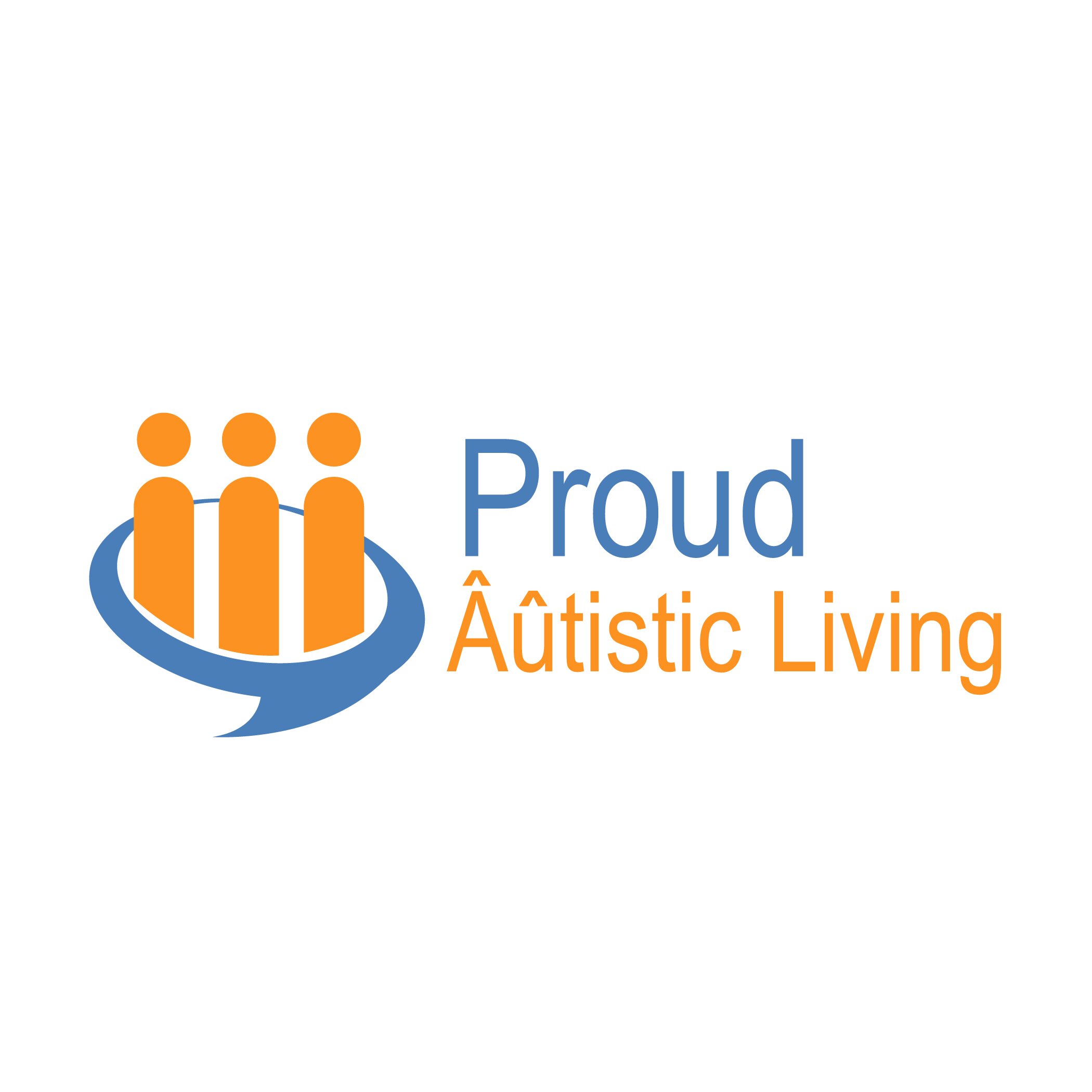A person-centred approach to all autism issues. At first reading, it can be easy to wonder what on earth does that mean. For me, it encompasses a lot. It means taking everything you are faced with in the realm of autism and autistic people and drilling it all down to what it means, how it impacts and affects and of course how can I support and assist this person right in front of me.
In the realm of disabilities, autism and neurodiversity myths and stereotypes abound. A person-first approach breaks this down and drills down to the person at hand. The person in front of me. It makes me ask what is life like for this person, what does it mean for this person to be disabled, what supports for this person would be helpful.
So many services and supports are not person-centred.
Incidence after incidence shows that autism services and supports are not, in fact, person-centred at all but represent stereotypes and myths about what supports and accommodations etc that are needed by an autistic person. As an example, consider the fact that ABA is often the only funded treatment available for autistic kids.
A parent takes their child for assessment and receives a diagnosis. The next step for them is to receive an information blast that is built around a stereotype of what autistic kids need. Pamphlets about ABA, Social-Skills groups, Speech Therapy etc. A person-centred approach, I believe would take a different tack. It would move to finding out as much as possible about the individual person in front of them and dispel with the barrage of unnecessary information that is not relevant to that individual.
There is of course absolutely nothing wrong with the provision of information, it is a needed and important part of assisting parents and autistic individual. However, a person-centred approach will ensure that information is targeted and appropriate for them.
Functioning Labels and person-first language…
Oftentimes professionals within the disabilities and helping sectors will insist on the use of person-first language – ie person with autism or person has autism. This is in fact counter to a person-centred approach. The theory here is that a person is not defined by their disability and one needs to see the person first. Well, that all sounds like a good thing. It even seems like it is a person-centred approach. But the reality is something different!
If saying a person with xxx is required to see the person first, then you are not seeing the person at all you are seeing the disability.
I feel that using identity first language is far more likely to consider a person centred approach. I believe this to be the case as even though one identifies with a label such as Autistic or Aspie they are essentially saying here I am, get to know me. I’m autistic let’s get past that and get on with it.
Functioning labels such as High Functioning, Low Functioning, severe, mild, classic non-verbal etc are a real hindrance to a person-centred approach to autism issues. A huge issue in this is that they compound the view that there is this linear spectrum and each autistic person sits in a defined and marked out spot along that linear progression. This is utterly false.
A second and equally important issue is that the use of such labels conjure up an assumption of what that person will be able to do well, what they will struggle with, what therapies they will need and how best to assist them. This is the antithesis of a person-centred approach and fundamentally fails to consider the autistic person in front of them as an individual and unique person.
In the end, every autistic person is absolutely unique. Each of us will have different strengths, different challenges and different support needs. What a person-centred approach to this will do is look at the unique person, consider their life circumstances and develop the best way to assist that unique individual to achieve the very best life outcomes possible.
A person-centred approach to autism issues allows an autistic person to be and to be seen as the unique, wonderful and individual that they are.
It allows me to say “Hi there, I’m Richard and I’m autistic, no further labels needed.”
I embrace a person-centred approach to all autism issues!




I don’t agree with functioning labels, especially not functioning age labels. These labels do not take into account the person’s state of mind at the time of assessment.